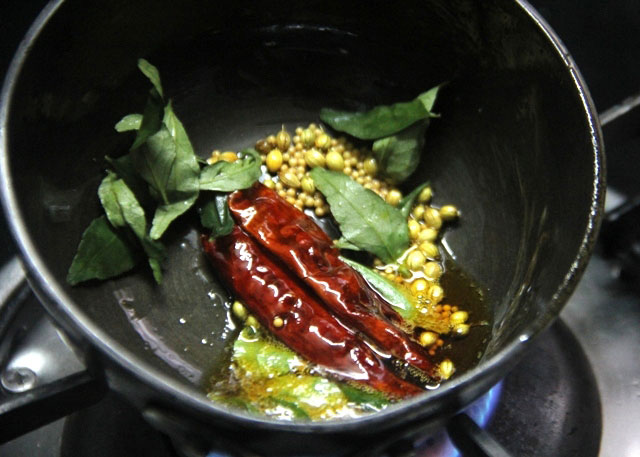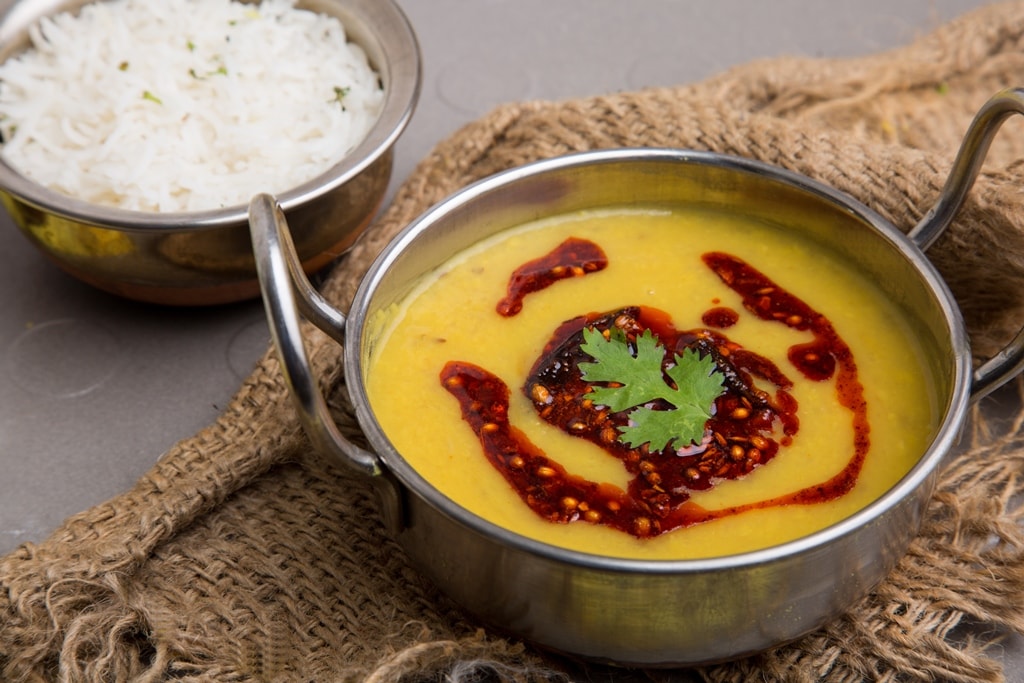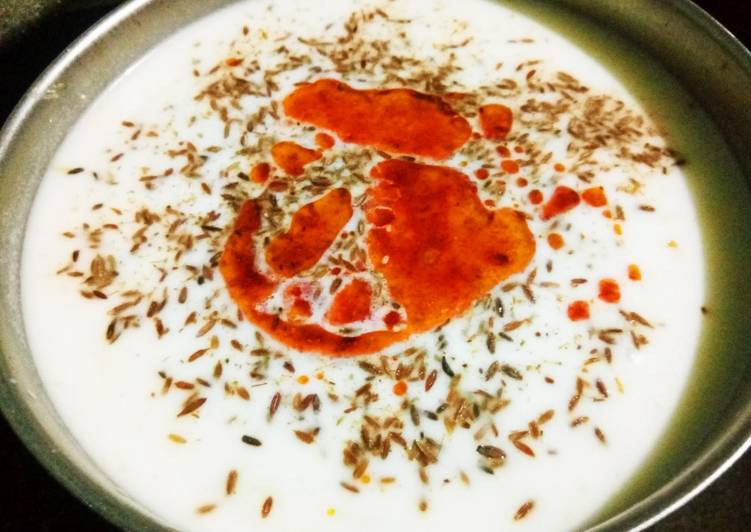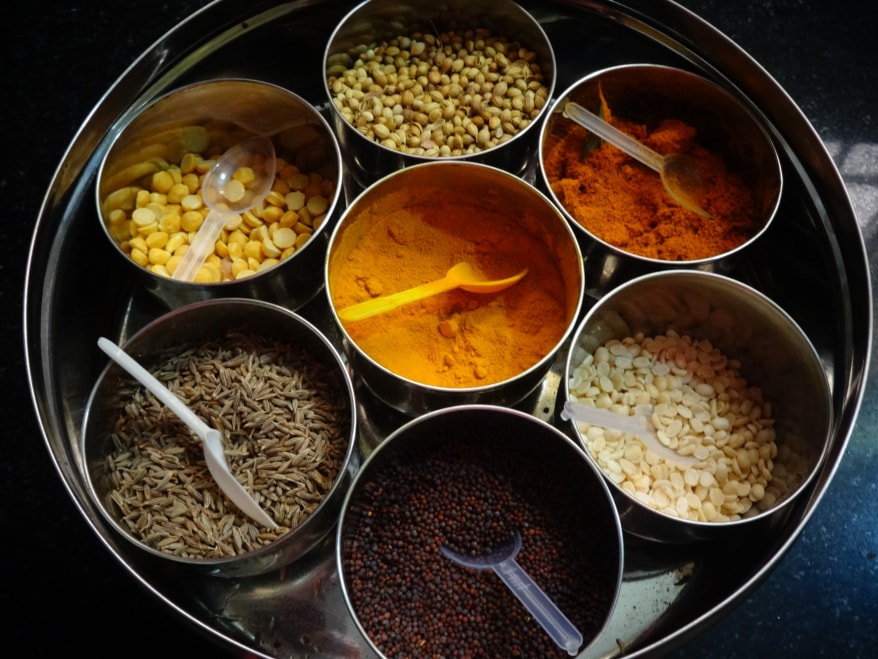The Benefits Of Tempering In Indian Cuisine
The first thing that comes to my mind when I think of Indian food is rich and aromatic flavour and luxurious spices. As always, authentic Indian Cooking is known for its generous use of spices in flavouring food. ‘Tempering’ is one of the techniques that enhances the taste of the food. This powerful technique not only enhances flavours but also
extracts the nutritional and medicinal health benefits of the spices used.

Image Courtesy: kolkatatimes.co.in
Indian Food Culture
The cooking process involved in most Indian dishes are slow cooking in low flame in order to enhance the flavour. Each food item has its own cooking style along with a combination of certain spices. These spices are cooked in a specific order to attain the perfect taste. Also, the cooking technique of each of the spices is different based on the dishes. Some spices are roasted in oil or clarified butter or butter. Some other are ground and added as a powder or paste to the dish while some others are boiled in water, milk or cream. All this is the preparation stage for the tempering.

Image Courtesy: Indian Food Company
Tempering Indian Cooking
In Hindi, this term is referred to as “tadka”. Though the technique is the same, some recipes have the tadka added at the beginning and some at the end. The technique is very simple based on the dish, butter, ghee or oil is heated. The most commonly used spices are mustard and cumin seeds. Other spices are ginger, garlic, cloves, cinnamon, bay leaf, carom seeds, turmeric, pepper, etc. Each spice has its rich and unique flavour. A specific combination whips up amazing aroma and flavour.
Fat like butter, ghee or oil are used for tempering because when heated, they have a prolonged and more efficient ability to release flavours from the spices and hold them. Some recipes also have tadka as the garnishing.

Image Courtesy: Veg Recipes of India
Indian Food History
The technique of tempering is a constant part of
Indian food history. It is believed that asafetida sometimes used as one of the ingredients of tempering, mostly in South Indian dishes, evokes the appetite with its aroma during tempering. No doubt the spices ameliorate the taste and flavour, it also aids in digestion. Spices include powders of chilli, cumin, cardamom, cinnamon, saffron, etc. but are not limited to these. Some herbs used as spices are bay leaves, coriander, fenugreek leaves and mint. Nutmeg and rose petals are used for rich dishes.
Depending on the region, the choice of oil differs. Kerala prefers coconut oil, Tamil Nadu and Andhra Pradesh prefer gingelly oil because of its aromatic flavour while Karnataka prefers vegetable or sunflower oils. Each recipe is different and so is the choice of oil and spices.

Image Courtesy: cookpad.com
Tempering Ingredients and their benefits
Cumin: Cumin or “Jeera” in Hindi is one of the
basic ingredients found in most of the Indian cuisines. It aids in digestion, flatulence, acidity and diarrhoea too.
Garlic: The Garlic is one of the powerful ingredients in tadka. Known as an immunity developer, this helps in control all viral, bacterial and fungal infections. It has a strong flavour and smell which delivers a delectable taste to our Indian cuisine.
Mustard Seeds: Mustard seeds or “Sarsoon” is another ingredient in the tempering process. It’s a remedy for rheumatoid arthritis and muscle pains. It also boosts immunity, slows the ageing process, fight infections and lowers bad infections.
Turmeric Powder: It is a great therapeutic agent and helps in generating immunity. It is highly effective in cold and cough. It works as an antiseptic and helps in treating skin problems.
Pepper Corns: Having wonderful digestive benefits, pepper corns are known to improve digestion power and controls bowel movements.
So why wait, add Tadka to your dishes to give that extra zeal in your cuisines.
For more interesting articles, follow our online magazine
BananiVista. Do “Like” and “Follow” us on
Facebook.






 Image Courtesy: kolkatatimes.co.in
Image Courtesy: kolkatatimes.co.in
 Image Courtesy: Indian Food Company
Image Courtesy: Indian Food Company
 Image Courtesy: Veg Recipes of India
Image Courtesy: Veg Recipes of India
 Image Courtesy: cookpad.com
Image Courtesy: cookpad.com